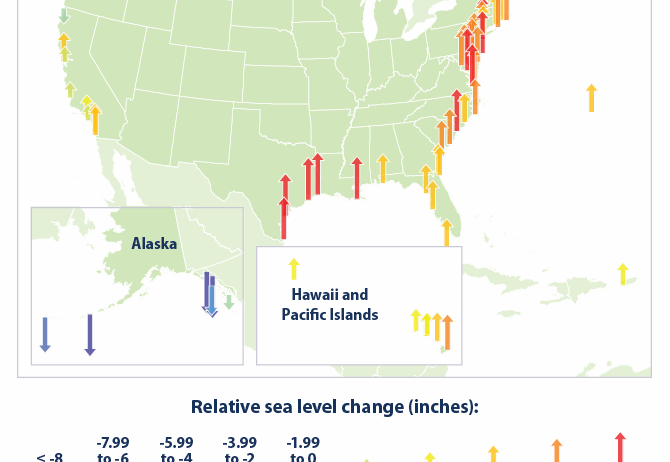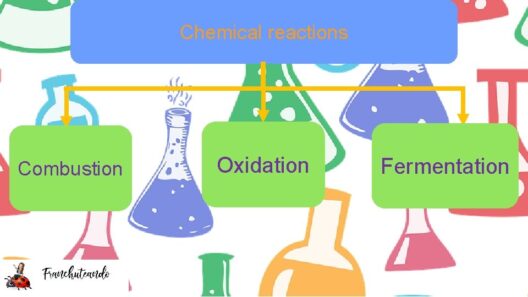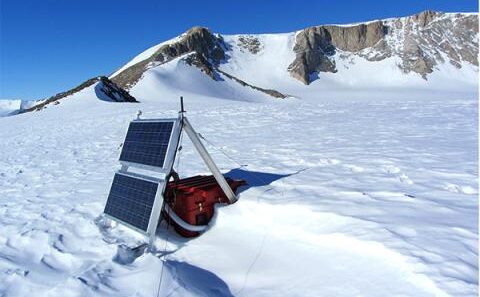The relationship between bees and the environment is a deeply intricate one. Bees, particularly honeybees and various species of wild bees, play a crucial role as pollinators. They facilitate the reproduction of flowering plants, which in turn supports entire ecosystems. However, a decline in bee populations has been increasingly reported, raising alarms about the implications for biodiversity, agricultural output, and food security. The specter of global warming looms large, presenting multifaceted challenges that exacerbate the threats to these indispensable pollinators.
At the crux of the issue lies the phenomenon of climate change, driven predominantly by anthropogenic activities. The repercussions of rising global temperatures manifest in various, often perilous forms. For bees, temperature fluctuations can disrupt their foraging behavior, developmental cycles, and reproductive success. As the climate shifts, certain flowers bloom earlier or later than their corresponding bee species emerge. This misalignment, known as phenological mismatching, directly impacts the availability of nectar and pollen, vital food sources for bees.
Moreover, the warming climate intensifies the prevalence of extreme weather events. Severe storms, prolonged droughts, and unusual temperature spikes can destroy habitats that bees rely upon. The consequences of such disruptions are dire: habitats may become inhospitable, forcing bee populations to relocate. Unfortunately, not all species possess the adaptive capability to cope with such rapid environmental changes. Consequently, mortality rates can soar, leading to declines in bee populations.
In addition to direct impacts, climate change also exacerbates existing threats, such as habitat loss and pesticide exposure. Urbanization and agricultural expansion have led to the fragmentation of natural habitats. Meanwhile, pesticides, particularly neonicotinoids, have been scrutinized for their detrimental effects on bee health. These compounds compromise bees’ cognitive functions, impair their foraging efficiency, and increase their vulnerability to disease. As climate change stresses their environments more, bees may become increasingly too susceptible to these additional risks.
The role of parasites and diseases in bee population decline also warrants consideration. Warmer temperatures can alter the life cycles of parasites such as the Varroa destructor mite, creating conditions that facilitate their proliferation. This mite attaches to bees and feeds on their bodily fluids, significantly weakening them and increasing their vulnerability to viruses. Additionally, pathogens that thrive in warmer conditions could emerge or spread more rapidly, further threatening bee health. The compounding impact of these stressors underscores a broader ecological dilemma where the fragility of bee populations is laid bare.
Furthermore, the interconnectedness of ecosystems becomes apparent when considering bees as a keystone species. Their efforts in pollination are not merely a service to the plants and flowers but are intrinsic to the health of entire ecosystems. A decline in bee populations can lead to cascading effects, including decreased biodiversity. As specific plant species decline due to insufficient pollination, the animals and insects that depend on those plants for survival also face dire consequences. The ramifications extend beyond immediate ecological impacts, posing long-term threats to food systems and economic stability.
Restorative measures must be rooted in broad-scale policy and grassroots community action. Advocating for environmentally friendly farming practices can help mitigate some of these threats. For instance, organic farming and integrated pest management minimize harmful pesticide usage, promoting healthier ecosystems. Restoration of pollinator habitats, the establishment of pollinator gardens, and support for biodiversity-friendly agricultural policies can provide refuge for struggling bee populations.
Additionally, education and awareness must emerge as pillars of any effort aimed at conserving bee populations. Public understanding of bees’ crucial roles can catalyze supportive actions, such as reducing pesticide use in home gardens and advocating for local environmental policies. Simple actions, like planting native flowers and creating bee habitats, can contribute to fostering environments conducive to bee health and resilience.
As scientists, policymakers, farmers, and activists convene to address this urgency, the importance of a collaborative approach becomes paramount. The dialogue must bridge various sectors, incorporating scientific research, community engagement, and policy advocacy. This multifaceted strategy ensures that efforts towards bee conservation are not fragmented but rather holistic, addressing the shared responsibility of protecting our natural world.
In conclusion, global warming poses a formidable threat to bee populations, leading to potential shortages in the pollination services they provide. While this predicament presents significant challenges, it also unearths profound reflections on our stewardship of the environment. Acknowledging bees’ pivotal roles in our ecosystems compels us to advocate for their preservation actively. By working collectively towards sustainable practices, fostering biodiversity, and understanding the broader ecological implications, we can help to create a future where both bees and humans flourish in harmony.






